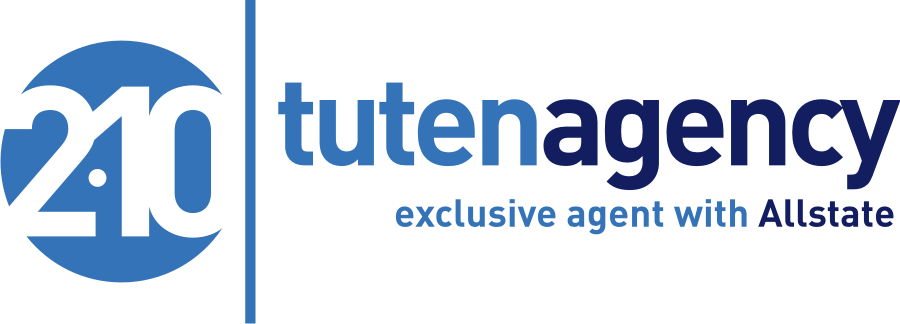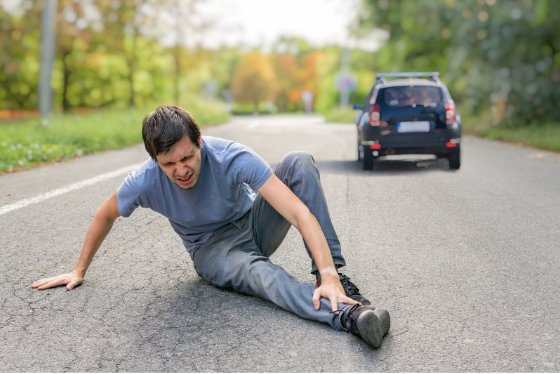A hit-and-run accident leaves more than physical damage in its wake; it can also introduce victims to a complex web of insurance claims and legalities. When an at-fault driver flees the scene without providing contact information, the victim must understand their insurance coverage and the steps to take immediately following the incident. This guide explores the intricacies of dealing with hit-and-run accidents from an insurance perspective.
Types of Insurance Coverage for Hit-and-Run Accidents
Insurance policies offer various coverages that can be pivotal in a hit-and-run scenario. These coverages fall into two main categories: property damage coverage and bodily injury coverage.
Property Damage Coverages
- Collision Coverage: This optional coverage is a lifesaver for hit-and-run victims, covering physical damage to your car regardless of fault. It’s especially vital if you have a car loan or lease, as lenders often require it after a hit-and-run, collision coverage steps in to cover repair or replacement costs minus your deductible.
- Uninsured Motorist Property Damage (UMPD): UMPD acts as a safety net when the at-fault driver is unknown or uninsured, covering damages to your vehicle. However, its applicability varies by state, with some states requiring physical contact with the hit-and-run vehicle or identification of the at-fault driver for coverage to kick in. It’s an affordable addition to your policy but comes with a deductible.
Bodily Injury Coverages
- Uninsured Motorist Bodily Injury (UMBI): UMBI is designed to cover injuries sustained in an accident caused by an uninsured driver, which, in the context of hit-and-runs, includes unidentified drivers. This coverage is crucial for covering medical expenses without identifying the other party.
- Medical Payments (Med Pay) and Personal Injury Protection (PIP): These coverages offer financial assistance for medical expenses related to injuries from an accident, regardless of fault. PIP, available in some states, extends beyond medical costs to cover other expenses, such as lost wages and rehabilitation costs.
Immediate Actions After Experiencing a Hit-and-Run
The moments following a hit-and-run are critical for your safety and the eventual outcome of your insurance claims.
- Safety First: Assess the situation for immediate dangers and check on the well-being of all passengers. If anyone is injured, call 911.
- Contact Law Enforcement: File a police report within 24 hours. A timely report can streamline the claims process and assist in tracking down the at-fault driver.
- Document Everything: If possible, gather evidence at the scene. Take photos of your vehicle’s damage and look for witnesses or surveillance cameras that might have caught the incident.
- Notify Your Insurer: Inform your insurance company about the hit-and-run as soon as possible. Early notification is key, even if you need clarification on filing a claim.
- Seek Legal Advice: Always seek the advice of an Attorney to help you navigate the legal aspects of a hit-and-run scenario.
How Insurance Claims for Hit-and-Runs Work
Filing an insurance claim after a hit-and-run involves several considerations, particularly around deductibles and the specifics of your coverage.
- Filing Under UMBI, PIP/Med Pay, or Collision: Your coverage type dictates the claims process. With UMBI, you’re likely spared a deductible, while PIP/Med Pay and collision coverages require one. It’s essential to weigh the repair costs against your deductible before proceeding.
- Updating Your Insurer: Should new information about the at-fault driver emerge, promptly inform your insurer. This could shift the claim to a third-party claim against the driver’s liability coverage, potentially sparing you the deductible.
Impact of Hit-and-Runs on Insurance Costs
One of the most pressing concerns for hit-and-run victims is whether their insurance premiums will increase. The answer varies, depending on your insurer and state regulations. If you’re not at fault, your premium might not increase. However, insurers may adjust rates following any claim, including those involving hit-and-runs.
Conclusion
Victims of hit-and-run accidents face a daunting path, from dealing with immediate safety concerns to navigating the complex world of insurance claims. Understanding the types of coverage available, the importance of prompt action after an incident, and the potential impact on insurance costs can empower drivers to handle the aftermath of a hit-and-run confidently.
You can protect yourself financially and legally by ensuring you have the right coverages in place before an incident occurs and knowing the steps to take following an accident. While you can’t control the actions of others, being well-informed and prepared can make all the difference in a hit-and-run scenario.
FAQs
What if the hit-and-run driver is later found? How does that affect my insurance claim?
If the hit-and-run driver is identified after you’ve filed a claim, your insurance company may adjust your claim to a third-party claim against the at-fault driver’s insurance. This could potentially reimburse your deductible and ensure the at-fault party’s insurer covers the damages.
Can I still file a claim if I only have liability coverage?
Liability coverage does not cover your vehicle’s damages or your injuries in a hit-and-run. You would need collision or uninsured motorist coverage to have damages to your vehicle covered and medical payments or personal injury protection for your injuries.
Get the right coverage for your car with tutenagency
New tutenagency customers?
Quote auto insurance online or call (334) 502-5111 to insure your vehicle.
Disclaimer: This content is for informational purposes only and should not be considered legal or financial advice. Always consult with qualified professionals in legal and financial fields before making any decisions.

